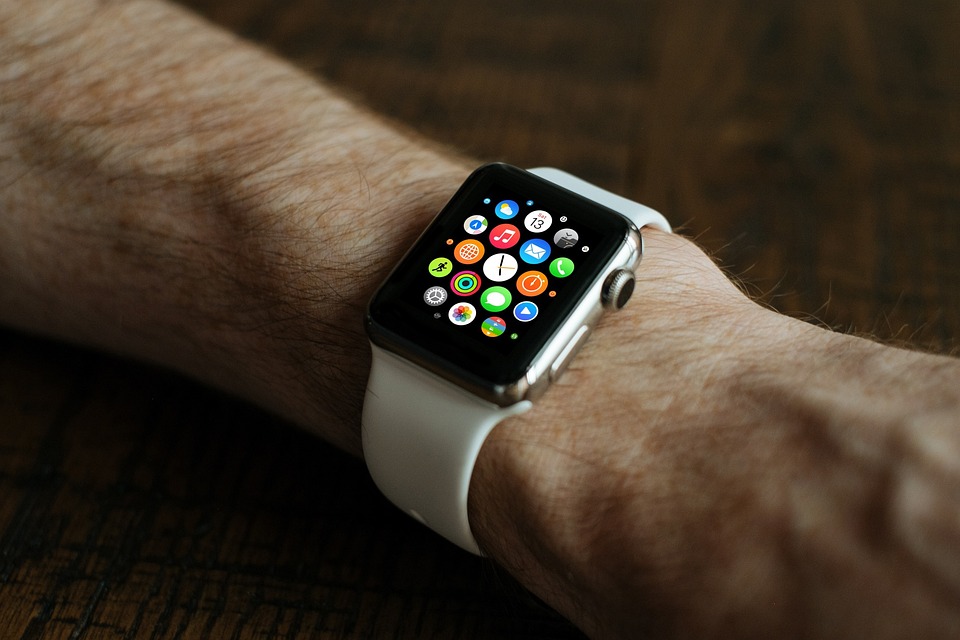Moissanite vs. Diamond: How to Spot the Difference
When it comes to choosing a gemstone for an engagement ring or any other piece of jewelry, diamonds have always been the go-to choice. However, in recent years, moissanite has gained popularity as a more affordable alternative that closely resembles the brilliance and sparkle of diamonds. While moissanite may look similar to diamonds, there are some key differences that can help you distinguish between the two. In this article, we will explore these differences and provide you with tips on how to spot them.
1. Understanding Moissanite Diamonds: Features for Identifying Genuine Stones
Moissanite is a gemstone that was discovered in the late 19th century by a French scientist named Henri Moissan. It is composed of silicon carbide and has a similar appearance to diamonds, with its high refractive index and brilliance. However, there are certain features that can help identify genuine moissanite stones.
One of the key differences between moissanite and diamonds is their color. While diamonds can come in various colors, including yellow, brown, and even blue, moissanite is typically colorless or near-colorless. This means that if you come across a stone that has a strong yellow or brown hue, it is more likely to be a diamond.
Another feature to consider is the brilliance of the stone. Moissanite has a higher refractive index than diamonds, which means it reflects light more effectively and appears more brilliant. In comparison, diamonds tend to have a softer sparkle. If you notice a stone that is excessively sparkly, it could be moissanite.
2. Examining the Clarity and Durability
Diamonds are known for their exceptional clarity, with most stones being free from any visible inclusions or blemishes. On the other hand, moissanite stones may have some small inclusions, which can be visible under magnification. Therefore, if you come across a stone that appears flawless to the naked eye, it is more likely to be a diamond.
In terms of durability, diamonds are the hardest known natural substance, scoring a perfect 10 on the Mohs scale of hardness. Moissanite, although not as hard as diamonds, still ranks high on the scale with a score of 9.25. This means that both stones are highly durable and resistant to scratches. If a stone shows signs of wear and tear, it is more likely to be moissanite.
3. Seeking Professional Opinion
If you are still unsure about the authenticity of a stone, it is always best to seek the opinion of a professional jeweler or gemologist. They have the expertise and tools to accurately determine whether a gemstone is a diamond or moissanite. They can use specialized equipment, such as a diamond tester or a loupe, to examine the stone and provide you with a definitive answer.
In conclusion, while moissanite may closely resemble diamonds in appearance, there are several features that can help you spot the difference. By examining the color, brilliance, clarity, and durability of the stone, you can make an informed decision when purchasing gemstone jewelry. And remember, if you are still unsure, don’t hesitate to consult a professional for their expert opinion.

